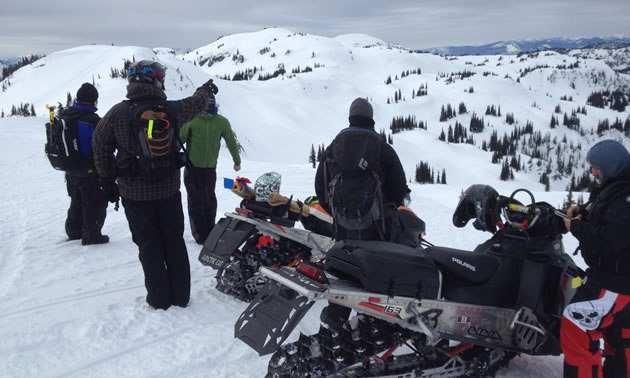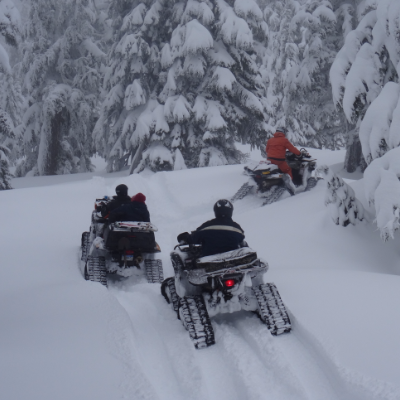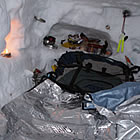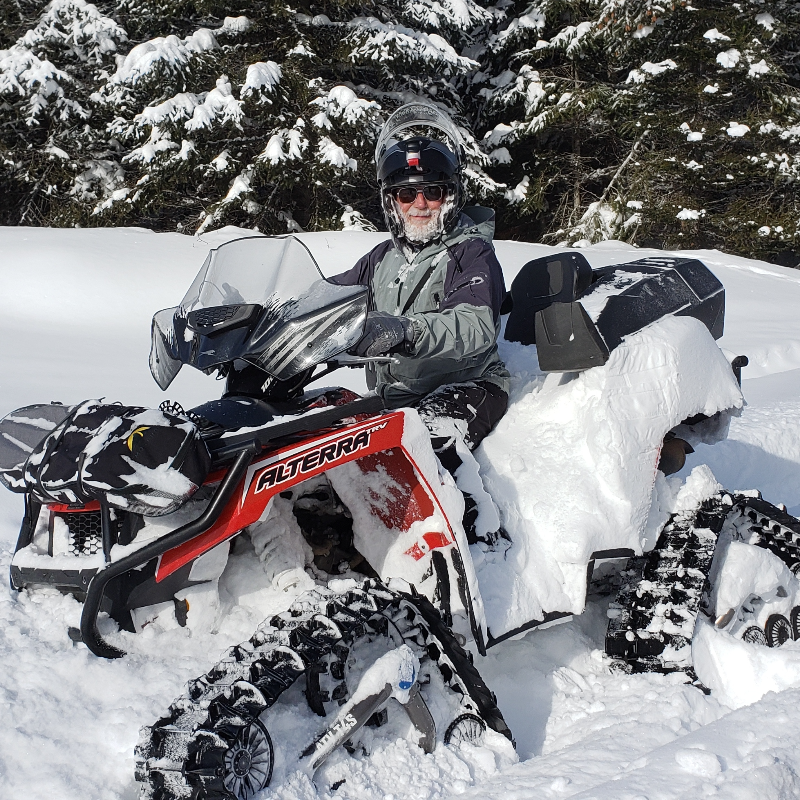There’s high avalanche conditions on all aspects—at all elevations. It’s nasty. As I write this article, I’m using my smartphone to access the Canadian Avalanche Centre’s (CAC) Public Avalanche Forecasts.
This season, I have had a number of riders call me, saying: “Hey Lori, I booked off to go riding this weekend and the avalanche conditions aren’t looking too good. Our wives are concerned, and to be honest, so am I. Do you have any suggestions?”
I get it. Life is busy. Few mountain riders have the flexibility to schedule their riding days around the avalanche hazard and the whims of the weather. Myself included, riding days are planned around work, kids' schedules, as well as community and extended family commitments. Riding days are precious. But then, so is life.
Here are a few suggestions:
- Refuse to ride with anyone that does not have at least an AST Level 1 Class and Field course. Riders without formal training often miss obvious signs of instability, misread the terrain and are not efficient rescuers. Pick up a copy of Avalanche Accidents in Canada Volume 5 from Zac’s or the CAC and it will turn your stomach to read how many fatalities could have been avoided had the group applied basic avalanche skills.
- Update your own avalanche training to improve your ability to make decisions to recognize and avoid avalanche terrain during these periods of high hazard. Repeating the introductory AST Level 1 course can help some of this information sink in a little deeper. Zac’s Tracs has Refresher Discounts. Just like first aid courses, avalanche skills improve with repeated training and practical experience. Remember, your goal is to save a life, not recover a buried target. It takes practice, practice, practice.
- Upgrade to AST Level 2. This level includes intermediate courses that focus on outdoor skills with groups gathering and analyzing weather, avalanche and field data as they travel through a variety of riding areas over the four-day course. Consider a class that runs over two different weekends. This spreads out the content, gives you some time to apply what you have learned, as well as the chance to experience two entirely different snowpacks.
- Hire a professionally trained guide. The BC Commercial Snowmobile Operators are outstanding snowmobile guiding companies dedicated to safe, affordable and exciting adventures. Operators are registered with the Province of B.C. and have tenured access to a variety of riding areas with opportunities to select terrain to suit the current avalanche conditions. These guides have professional level avalanche and wilderness first aid training, and are well practised in emergency response procedures specific to their areas. Visit the Snowmobile British Columbia website to find an operator near you.
- Take the family skiing and let the professional avalanche control team at the mountain resort keep everyone safe while you enjoy the fresh dump of snow!
ALL OF THESE OPTIONS ARE CHEAPER THAN AN ACCIDENT. Sometimes I have people whine about the cost of training, guides or emergency and survival equipment. The cost in time and money in prevention is pennies compared to the emotional and financial devastation caused by a serious accident. You do the math.







